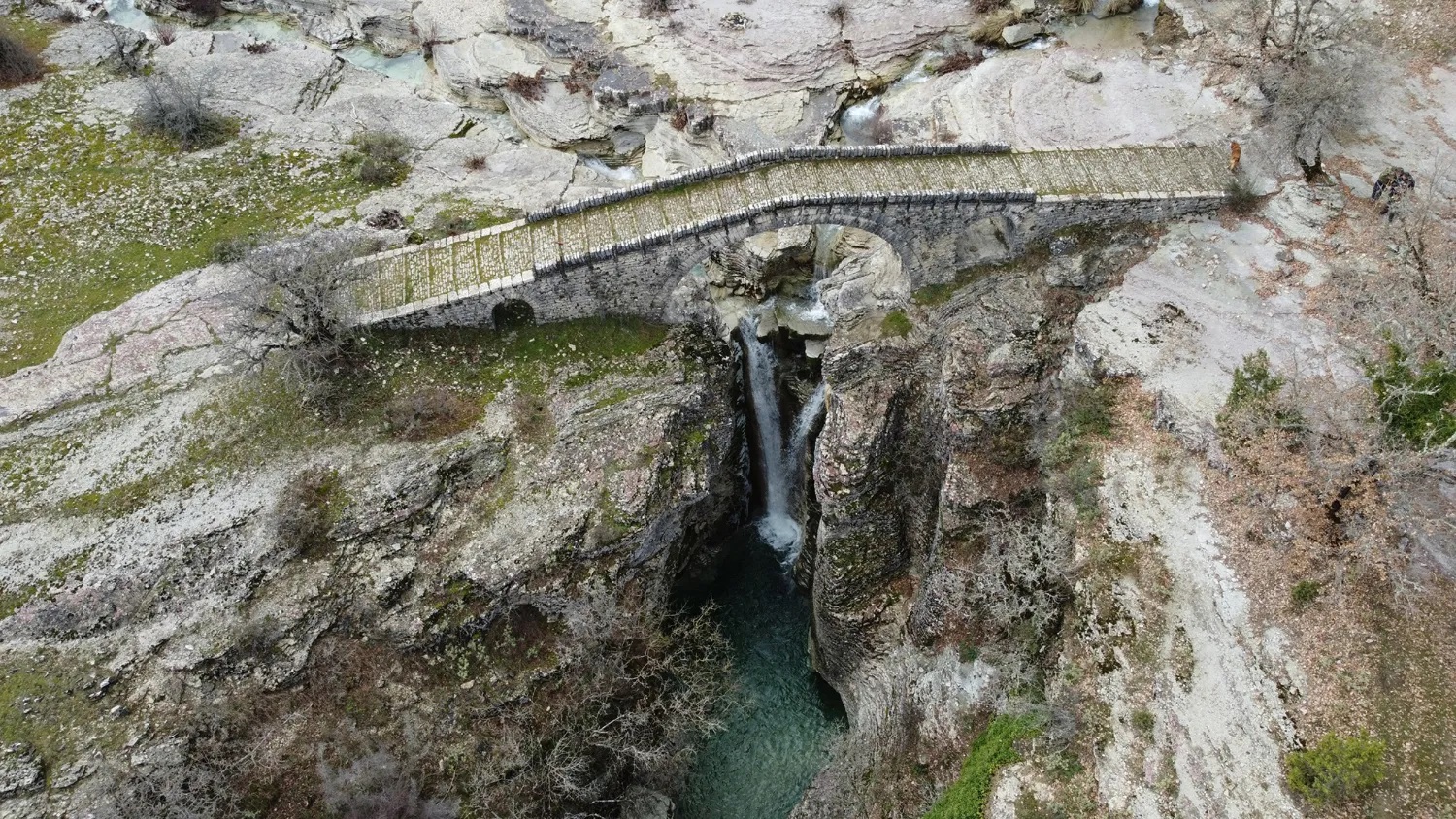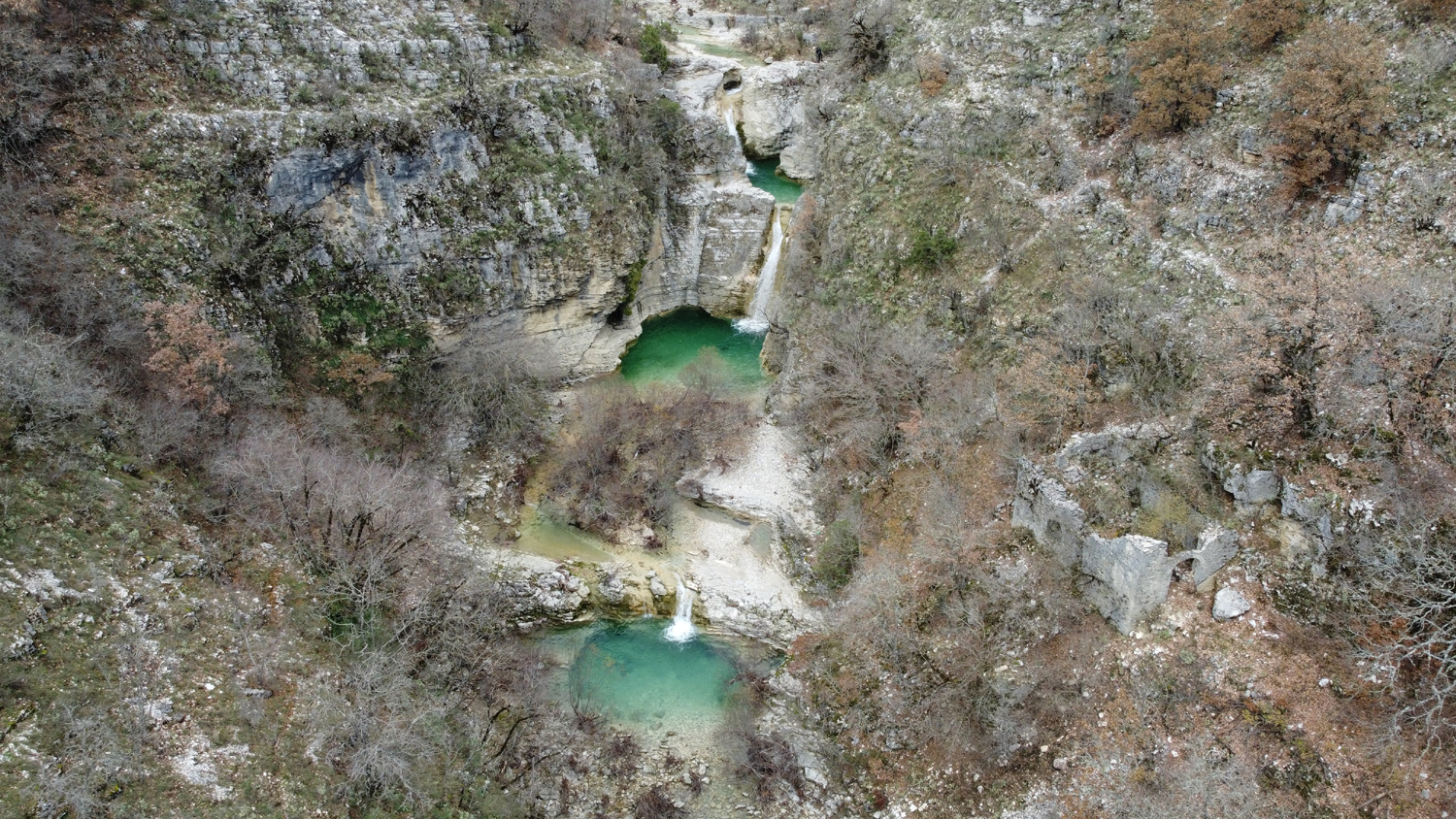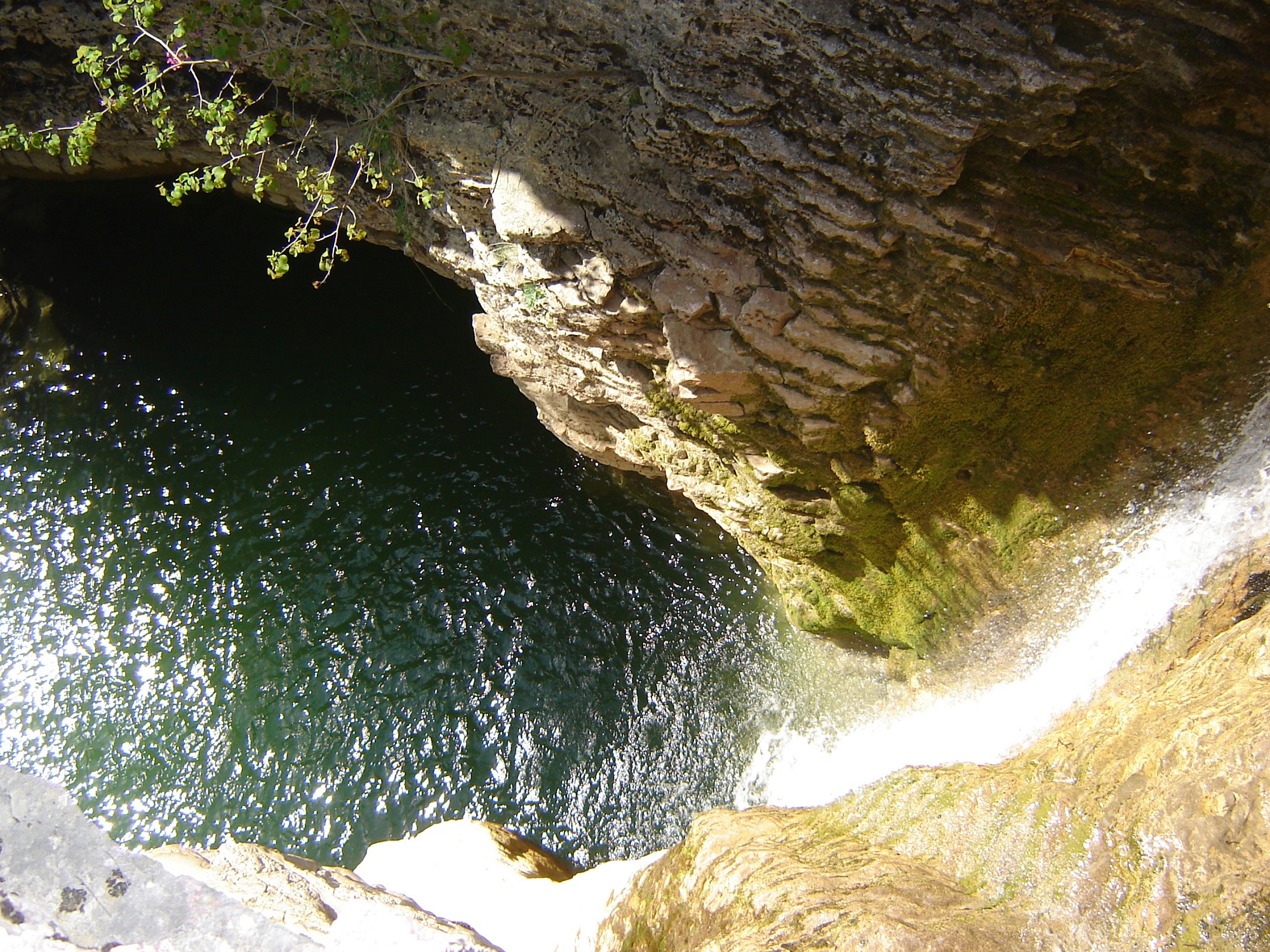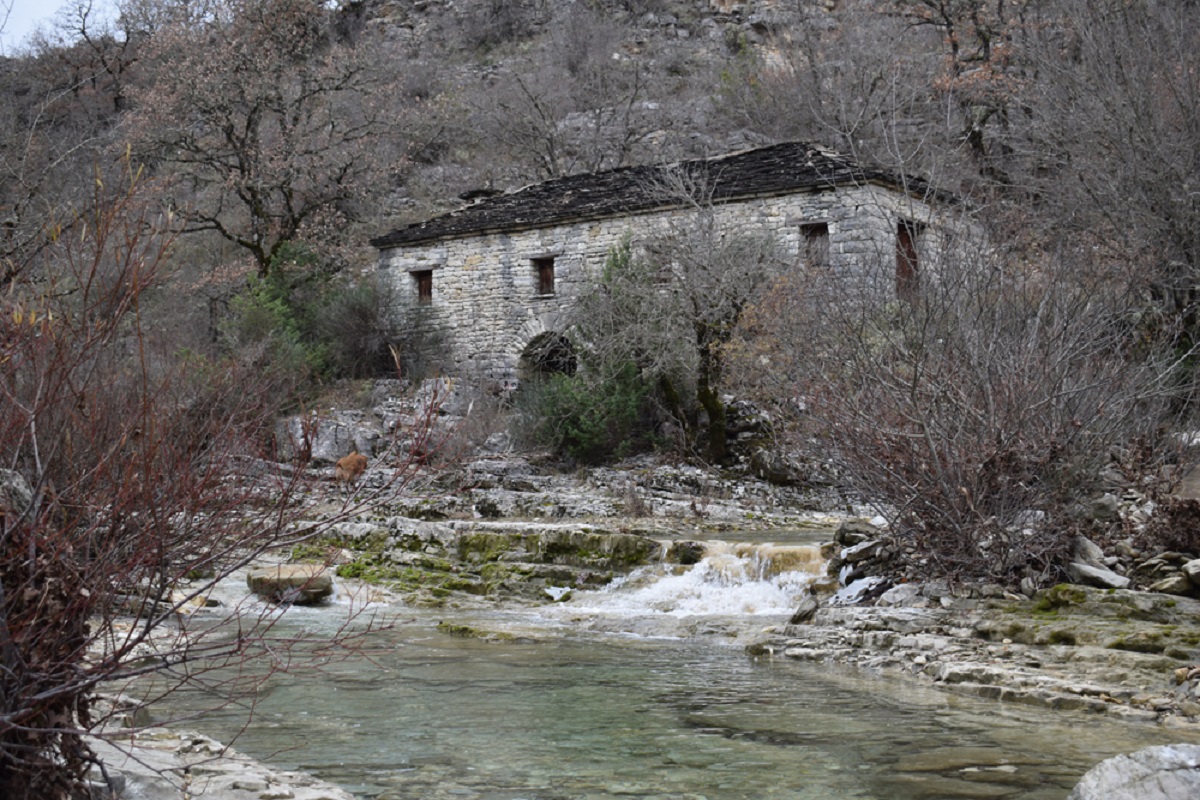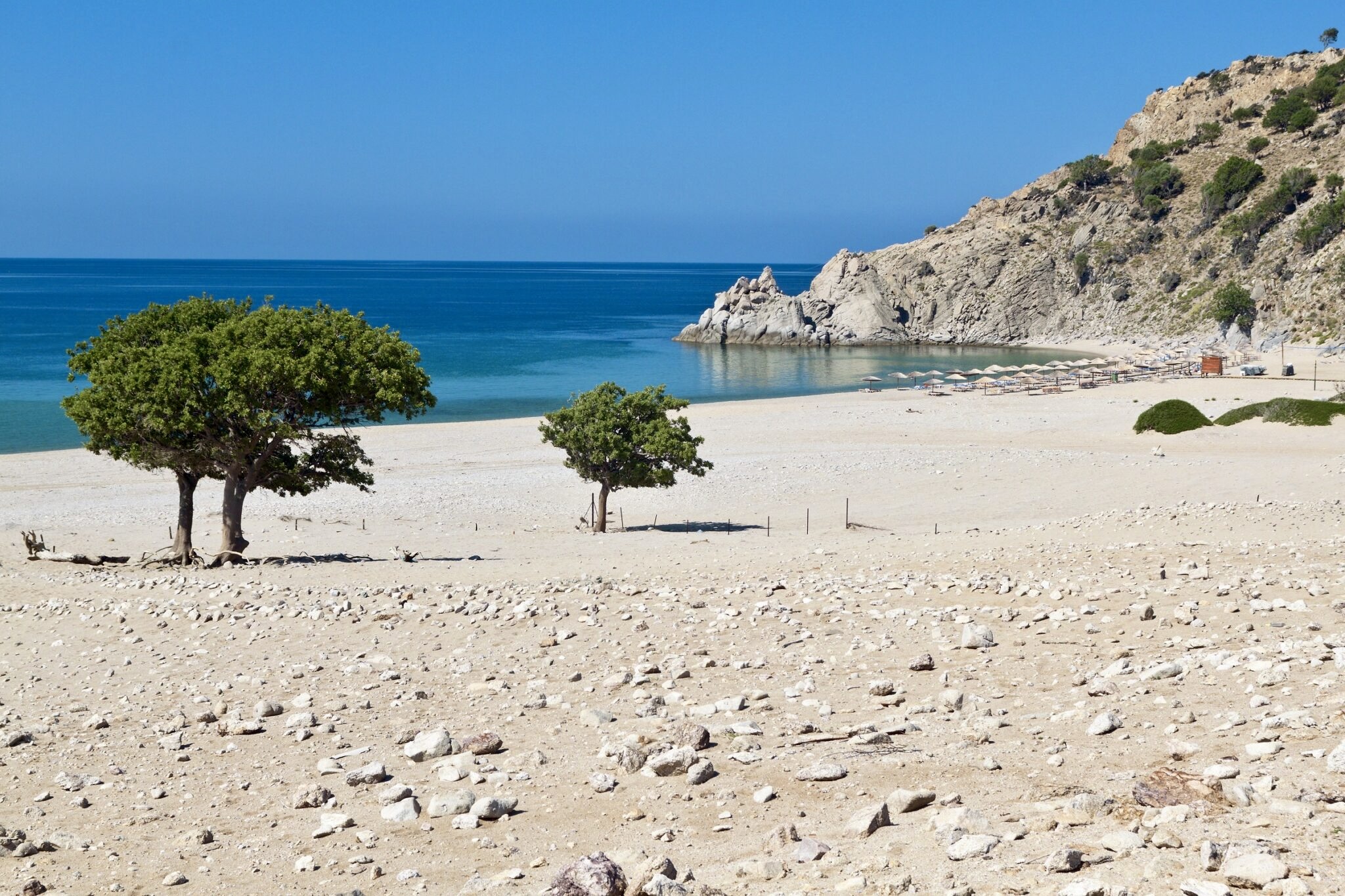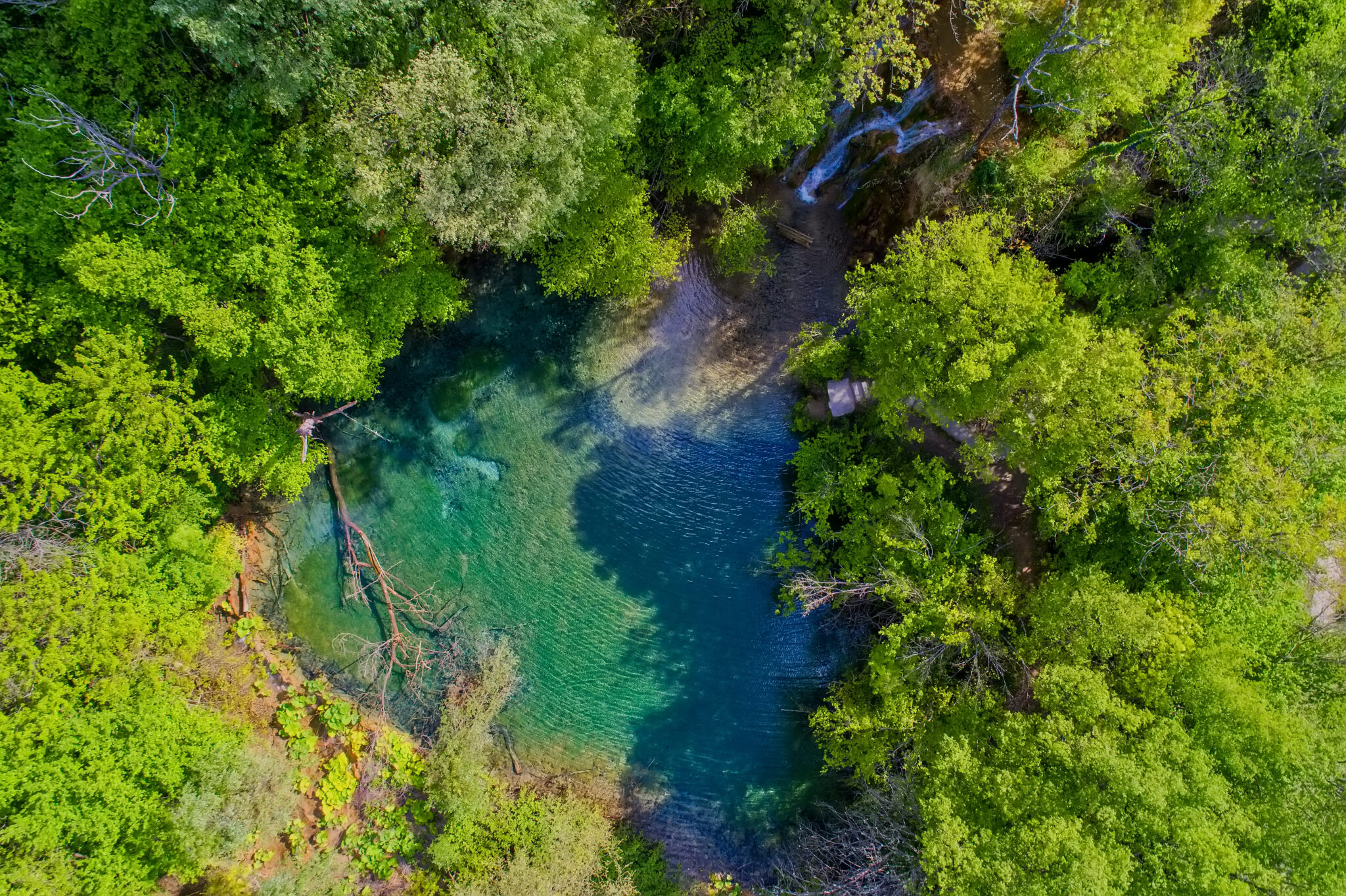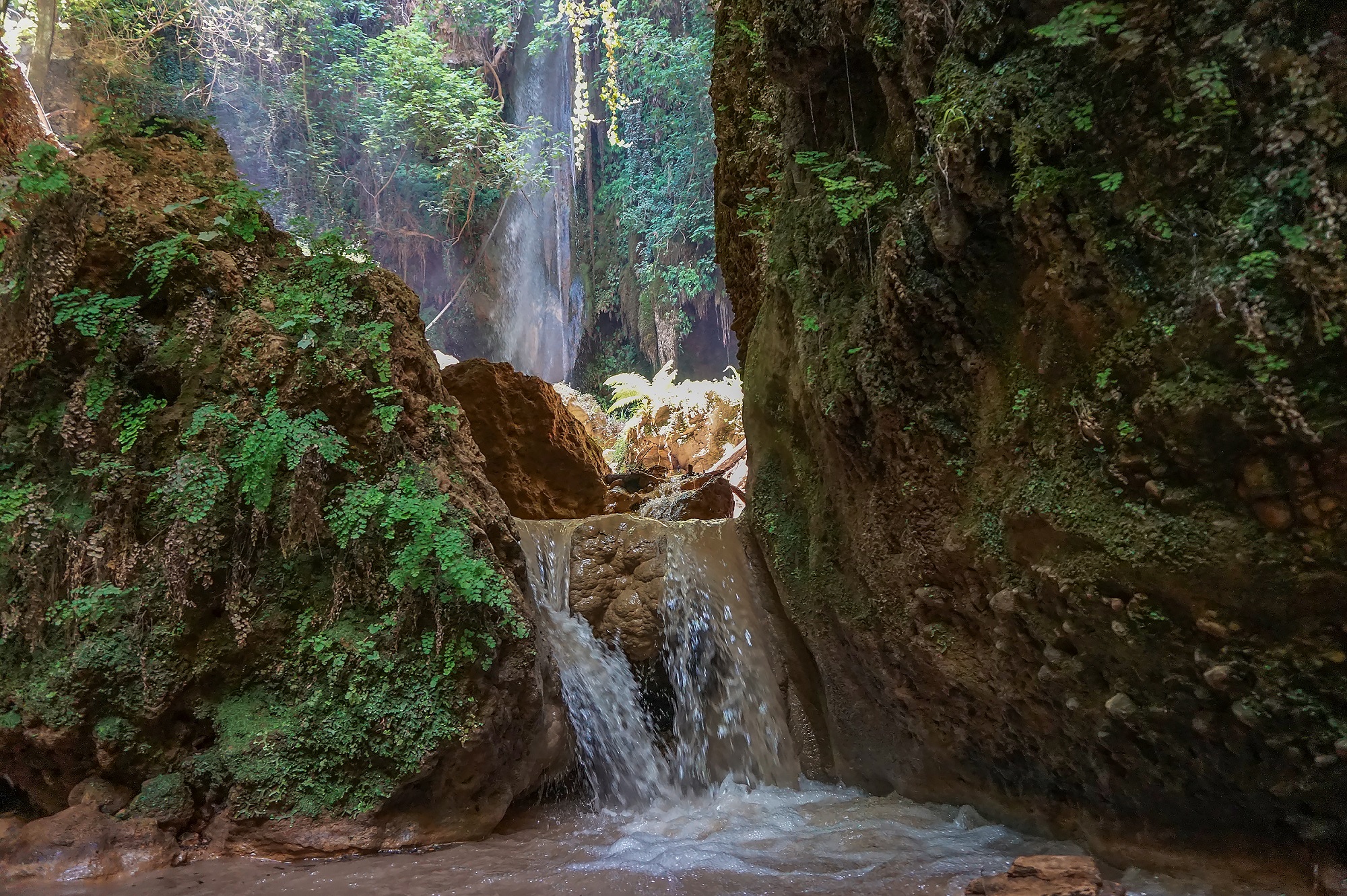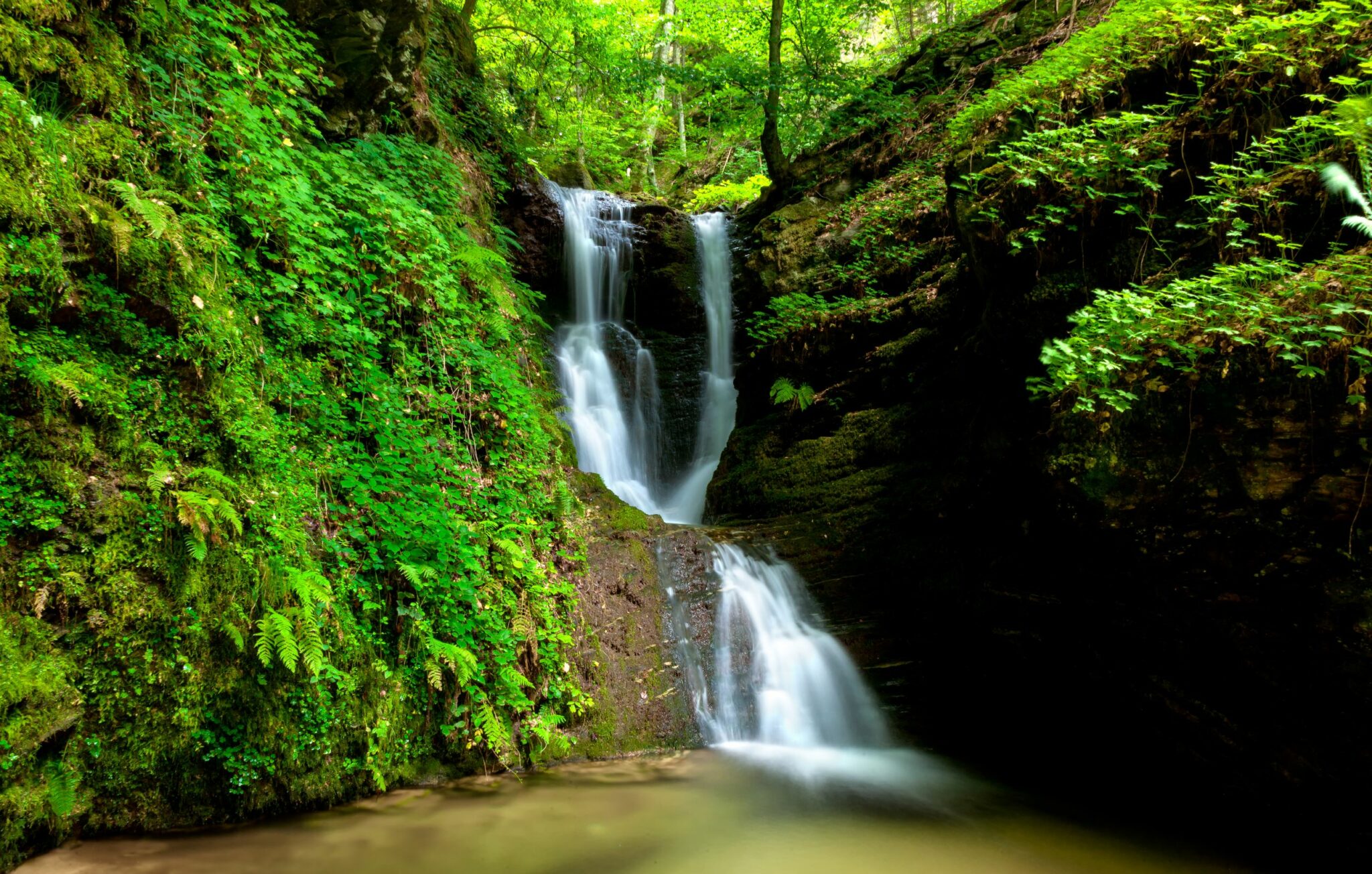Despite the tourism sector’s development in the wider Pogoni area over recent years, the Palaiopyrgos waterfall has remained largely unknown, even amongst travellers who frequently visit the Epirus region’s mountain range.
Even though not much information is available on this lovely mountain village of the wider Ioannina region, hosting the waterfall, it has plenty to offer, as long as visits are avoided in winter, usually very heavy, affecting the entire area. The number of people living in Palaiopyrgos during winter is reduced to no more than ten, except for the festive season, when people hailing from the village visit their homeland. Of course, the place is buzzing with life in summer, while every August 15, a public holiday marking the Dormition of the Virgin or Assumption of Mary, a big celebration is staged at the village. It features unique local customs, known as dolia.
Palaiopyrgos becomes an idyllic mountain destination between early spring and late autumn, from which point onwards the weather starts getting cold. The village waterfall, a triple waterfall, is a trademark feature of the superb oak forest surrounding the village. The waterfall is an attraction for travellers who like visiting destinations with running waters.
Palaiopyrgos’ triple waterfall
The triple waterfall at Palaiopyrgos mainly stems from the Gormos river, whose source is at Mount Meropi, also known as Nemertsika and Dousko. The stream then runs through Pogoni’s east. The village Palaiopyrgos is situated on the southeastern slopes of the mountain, close to Greece’s border with Albania, at an altitude ranging from 781 to 850 metres.
The Palaiopyrgos waterfall is formed just beyond the village, at a point where the Gormos river meets the local Gourbitsa stream. This triple waterfall is the result of rock erosion over time, which has led to a triple split of waters as they flow across. The waters go on to form three plunge pools, filled with cold, crystal-clear waters.
Gretsi bridge, passing over one of the Gormos river’s three streams, is a landmark. A traditional stone bridge built in 1830, it features an unusually large arch for its size, extended over 8.30 metres in width, 4.50 metres high. The bridge is considered a 19th century masterpiece of vernacular architecture. It served as an extremely useful crossing for the people of its time, connecting Palaiopyrgos with the nearby villages Delvinaki and Vissani. According to local community president Anastasios Tzakos, Gretsi bridge is the Balkan region’s only bridge built over a waterfall.
How to get here
Palaiopyrgos is located in the Pogoni area’s Ano (Upper) Pogoni, 64 km from Ioannina. To reach Palaiopyrgos, start from Ioannina headed in a northwesterly direction. Take the highway going to Kozani and then turn off onto the Geroplatanos-Delvinaki country road, which leads to the village. From there, the waterfall is reached via a trail running through a superb oak forest that surrounds the village. The walk along the trail takes no more than 40 minutes to cover.
Being primarily a water-related destination, Palaiopyrgos also hosts an old water mill, now heritage listed. It was restored courtesy of EU funding programmes. The water mill, just 500 metres from the waterfall, may be reached via a trail at the waterfall. The water mill once covered the needs of local Palaiopyrgos villagers as well as those of residents from neighbouring Kato Meropi. Nowadays, the water mill offers visitors an impression of everyday life during bygone days.
Read also:
Ioannina, Greece: The experiences you must have in the town on the banks of lake Pamvotida
An island in the heart of Ioannina, Greece
The castle town of Ioannina: An autonomous and enchanting universe



